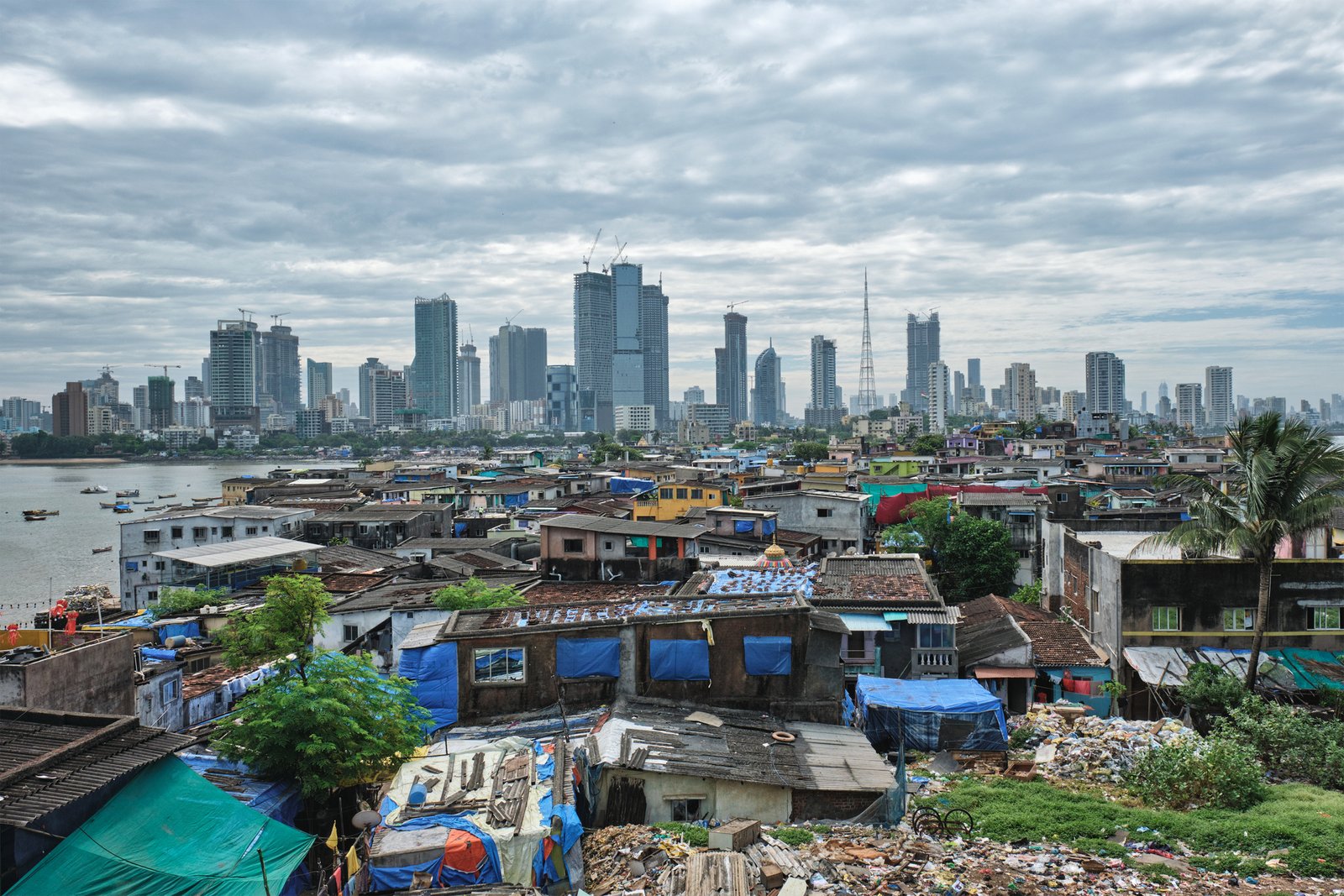There is a growing risk that millions of people around the world will be forced to migrate because of rising sea levels and other impacts of climate change. This column argues for immediate action – not just to make the transition to a low-carbon economy, but also to prepare for potential ‘climate migration’, so that people who have to abandon their homes can ‘migrate with dignity’ and not as refugees. This implies loosening labour migration laws so that people can migrate before worst-case scenarios unfold, and creating a global framework for treating climate migrants fairly and compassionately.
The finance minister looked around the table at his cabinet colleagues. All eyes looked back at him. The world’s leading central banks had warned that a global financial crisis was imminent. The prime minister had convened this cabinet meeting to discuss what steps should be taken to minimize the potential economic harm. The finance minister cleared his throat and said, “Given that we cannot know with absolute certainty how the coming financial crisis will unfold, I recommend we do nothing now. We should wait until the worst of it has happened, and then muddle our way through the aftermath as best we can.” Everyone nodded in agreement and adjourned for tea.
Does this scene strike you as being absurd? It should. It is, of course, a fiction. Finance ministers from Washington to Wellington and from London to Lima never wait for perfect information about the future before setting financial or monetary policies. They make decisions using the best forecasts, predictions and data available to them, recognizing that economics is an imperfect science and that the future can never be perfectly known. Their aim is to reduce their exposure to the worst risks, and maximize their potential for growth should opportunities arise.
We have far better data, far better scenarios, and far greater certainty about future climate migration than the world’s best economists could ever provide about future economic trends. So why is it that most governments choose to do nothing about the very real, increasing risk that millions of people around the world will be on the move for climate-related reasons within a few short decades?
Having worked for a dozen years in diplomatic service and an equal amount of time as a professor conducting climate migration research, I increasingly believe that the answer to this question is that climate migration is a problem with no easy solutions. So as long as the worst of the problem remains just over the horizon, elected officials would rather drink tea and hope for the best.
For those readers who would rather skip the tea and deal with the challenge of climate migration head on, here is a quick summary of what we already know about climate migration, and the most logical next steps for policymakers at national and international levels.
Let’s start with some simple facts that are easily demonstrated and routinely measured. The indiscriminate burning of fossil fuels and clearance of forests has caused a dangerous accumulation of atmospheric greenhouse gases, at a rate that is accelerating rapidly (IPCC 2013). This in turn has caused a warming of average temperatures at the Earth’s surface. And this in turn is causing increased dryness over continental regions, thermal expansion of ocean water, and melting of ice caps.
We can check online the exact level of atmospheric carbon dioxide at any given moment (406.75 ppm at the time of writing this column) and we know the current average rate of sea level increase (just over 3 mm per year, and accelerating – IPCC 2014). We know too that warming sea surface temperatures create cyclones with higher velocity wind speeds (Knutson et al 2010) and that the frequency and severity of droughts in Sahelian Africa were much greater in the last 50 years than in the preceding 50 years due to human impacts on the atmosphere (Held et al 2005).
We also know that without immediate action to reverse the underlying drivers of climate change, the physical impacts will accelerate and become much worse within the next 50 years if we’re lucky, the next 20 years if we’re not (IPCC 2013). The only real uncertainty is whether people will take these risks seriously and begin making the transition to a low-carbon economy sooner rather than later. At the moment, it looks like it will be later, much later, perhaps too late.
We also know with a high degree of confidence the locations most highly exposed to the worst impacts of climate change, the number of people who currently live there, and how many more will be living there when the worst impacts hit. Over 600 million people currently live less than 10 meters above sea level and are thus potentially exposed to coastal hazards, three quarters of them are in Asia, most of them living in the deltas of major rivers (McGranahan et al 2007). A one meter rise in sea levels would displace well over 50 million people in developing countries (Dasgupta et al 2009).
We can be even more precise, and factor in future migration and demographic patterns. For example, in 2030, 9.9 million people will be living in southeastern counties of Florida, which would experience partial inundation and elevated risk of storm surge damage from even a modest (under 14 cm) rise in sea level (Curtis and Schneider 2011).
As the impacts of climate change take greater hold, people will move. They are already on the move in a variety of locations, including coastal communities in Alaska and Bangladesh, small islands such as the Carterets, and water-scarce, drought-prone areas in Sahelian Africa, the Middle East and South Asia. Their numbers are small now, but we are only seeing the thin edge of the wedge. Many will not wait until their homes are under water or their crops fail yet again. Unlike politicians, they will not wait for the worst to happen before acting. They will adapt by migrating to less highly exposed places.
Knowing this future is coming fast, what can we do now?
First, we must make the transition to a low-carbon economy as quickly as possible. The faster we do this, the less necessary the following steps become.
Second, we need not just to meet the United Nations’ Sustainable Development Goals as soon as possible, but to exceed them as much as possible, especially in the countries and regions most exposed to the immediate impacts of climate change. Decades of research on natural hazards have shown that people and places that have the financial and technical means to adapt in advance experience less harm and recover faster when disasters strike. The same goes for climate migration: places that have greater capacity to adapt are less likely to experience large-scale displacement and distress migration.
Third – and I borrow this recommendation from Anote Tong, the former President of Kiribati, a country imminently threatened by rising sea levels – people currently living in locations that will eventually need to be abandoned should be allowed to ‘migrate with dignity’ and not as refugees. In practice, this means loosening international labour migration laws so that people can migrate before the worst-case scenario unfolds. They need to be able to remit money home to help build physical and social infrastructure, and to acquire skills and education that make them employable and desirable in the places to which they may eventually need to relocate. This does not need any new international conventions or treaties; simple bilateral arrangements can easily be made.
Fourth, we need to modify an existing international agreement – or negotiate a new one – to create a global framework for treating climate migrants in a fair and compassionate way. Adjusting an existing agreement is likely to be easiest, and the Paris Agreement in Article 50 plants the seeds for doing so through the United Nations Framework Convention on Climate Change. We need to start moving more quickly along this path.
Fifth, and finally, governments need to stop treating international migrants as potential threats to sovereignty and security, and accept that they are simply ordinary people seeking safety and a decent living for themselves and their families. Research shows that where environmental migrants are allowed the opportunity to integrate into destination communities, they typically do so successfully, without causing any harm to the people who already live there.
If governments are not willing to help migrants actively, they should at a minimum get out of the way of organizations and members of civil society who are willing and able to help. Mariana Flores Castillo will address this point explicitly in her contribution to this forum on the negative experiences of Mexican transit communities; many other governments around the world display a similar hostility towards migrants. Such attitudes need to change if we are to navigate the climate-disrupted future that we are rapidly creating for ourselves.






